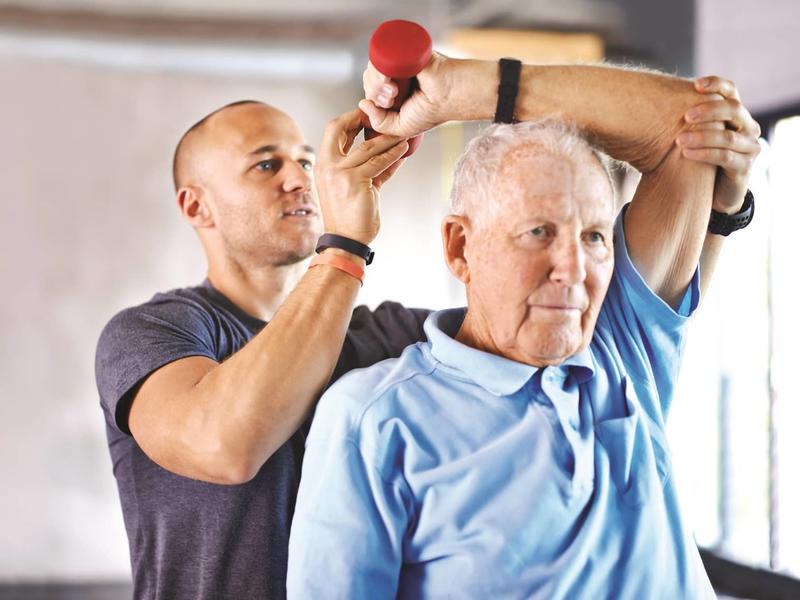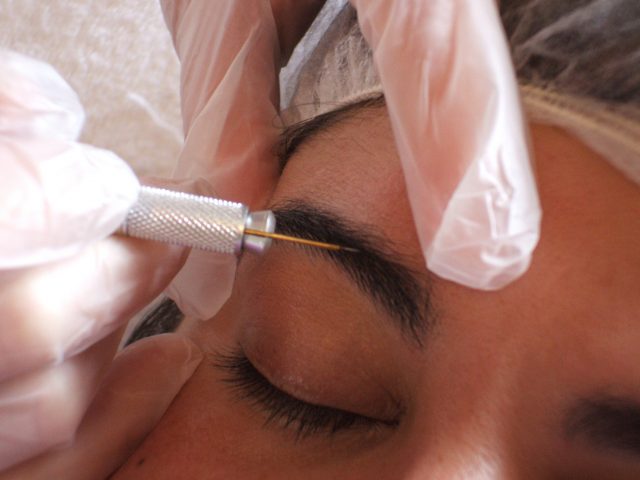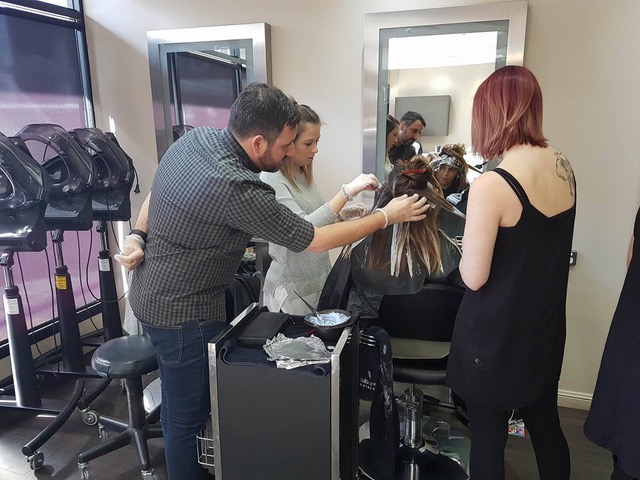
We just recently reached interviewer a popular Physical Therapy continuing education Associate Teacher on movement system impairments of the hip. Below is what she had to say:
Job interviewer: If we start just a little basic before we go particular, for those not familiar with movement system impairment syndromes could you just provide us a short summary?
Hip Movement Professional: Sure. I assume our technique to all of this is the belief that as physiotherapists – as well as I assume this holds true for the national company – that movement is the system that we as physical therapists are the experts in understanding as well as in dealing with.
So, actually the entire ideas that we started with have actually stayed the exact same only been perhaps decorated a little bit. Generally, looking at activity in terms of the components of movement, whether they are the structure elements, such as your bone and muscle, or the nervous system parts, or the cardiovascular-pulmonary support to the system of motion, we kind of check out it as what are all the items that fit together to allow us to relocate precisely?
After that with that said as our degree of expertise or our area of expertise, after that we start to search for movement syndromes. So, collections of disabilities that together type of focus us know what is the key activity disorder or disability that he or she has? Then that routes our therapy.
So, I think movement system is just sort of the system in which we’re specialists in, and over the last several years we have actually been working hard to sort of jointly explain syndromes in different body areas.

Interviewer: Fantastic. If we talk a little bit much more specifically concerning the hip, can you explain among these syndromes?
Hip Activity Specialist: OKAY then, let’s speak about hip adduction with medial turning. As you can visualize if someone has hip adduction median turning the main muscles that aren’t performing are the hip abductors as well as the side potter’s wheels.
The discomfort troubles that typically choose it are bursitis, trochanteric bursitis, ITB friction disorder (more proximal), snapping hip, ITB fascititis, and so on. You could have simply butt discomfort from the side rotators or gluteals being too long. You might have sciatica from the piriformis being overstretched and also impinging on the sciatic nerve. So, you can get a lot of discomfort troubles with adduction median rotation.
I just had a pupil chatting with me last week about her client that she saw throughout her medical that had side hip pain. The professional teacher was considering some asymmetries in her hips and also was doing some muscle power techniques on her sacroiliac joint.
Anyway, over time the client worsened. The issue was that no one was truly enjoying the method she moved. The pain was lateral. This person was entering into adduction and also medial rotation and so when that was starting to be dealt with then the client began to make some adjustments.
So, actually with adduction and also median rotation you correct their motion.
When they’re going from sit to stand it’s “do not press your knees with each other.” “When you’re walking and you fill your legs acquire your gluteals or your lateral rotators. Keep your knee over your foot.”
Do things in sidelying to get the gluteus medius much better. Do points resting, side rotation, get the lateral rotators better. And after that functionally – making them use those muscles in their practical tasks.
Come and visit their page to find out more useful information about pain treatment physical therapy.









